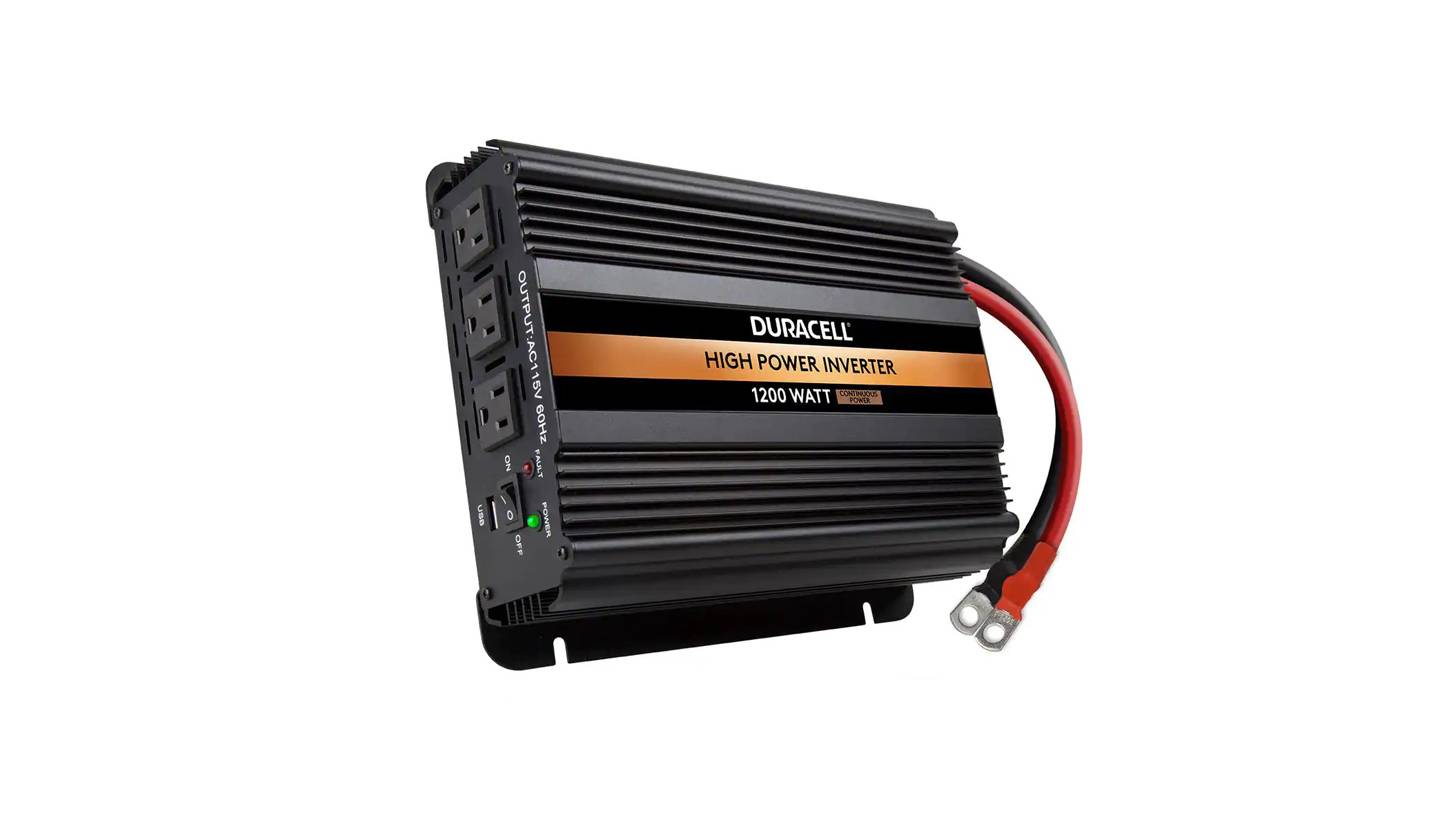Connecting multiple inverters together can be a powerful way to enhance your energy system, whether for a residential solar setup or a larger-scale commercial application. In this article, we will explore the feasibility, benefits, and technical considerations involved in connecting three inverters together.
Understanding Inverter Connectivity
What is an Inverter?
An inverter is an essential component in any solar power system, responsible for converting direct current (DC) electricity generated by solar panels into alternating current (AC) electricity used by household appliances and the electrical grid. Modern inverters are equipped with advanced features that improve efficiency and reliability, making them crucial for optimizing energy systems.
Why Connect Multiple Inverters?
Connecting multiple inverters can increase the system’s capacity, provide redundancy, and improve reliability. It also allows for greater flexibility in system design, especially in large-scale installations where a single inverter may not suffice. By integrating multiple inverters, you can better manage load demands and enhance overall performance.
Wholesale lithium golf cart batteries with 10-year life? Check here.
Technical Considerations for Connecting Three Inverters
1. System Design and Configuration
When planning to connect three inverters, the system design must account for several factors:
- Inverter Type: Ensure that the inverters are compatible with each other. Different types, such as string inverters, central inverters, and microinverters, have distinct operating principles and connection methods.
- Capacity Matching: It’s crucial to match the capacities of the inverters to ensure balanced load distribution. Mismatched inverters can lead to inefficiencies and potential system failures.
- Voltage and Current Ratings: Verify that the voltage and current ratings of the inverters align with the overall system requirements. Incorrect ratings can cause damage to the inverters and other components.
2. Electrical Wiring and Connection
Proper wiring is essential for connecting multiple inverters. Here’s what you need to consider:
Want OEM lithium forklift batteries at wholesale prices? Check here.
- Parallel Connection: Inverters can be connected in parallel to increase the total system capacity. Each inverter will handle a portion of the total load, and the combined output will provide higher power levels. Ensure that the wiring and breakers are rated to handle the total current from all inverters.
- AC and DC Coupling: Decide whether to use AC coupling or DC coupling. AC coupling involves connecting the inverters to the AC side of the system, while DC coupling connects them to the DC side. AC coupling is generally simpler but may require additional equipment, such as AC combiners or load centers.
- Isolation and Protection: Implement proper isolation techniques and protection measures, such as fuses or circuit breakers, to safeguard the system against faults and overloads.
3. Communication and Synchronization
For optimal performance, inverters need to communicate and synchronize with each other. This is especially important in systems where inverters share a common grid connection. Key considerations include:
- Communication Protocols: Ensure that the inverters use compatible communication protocols. Many modern inverters support standard protocols such as Modbus or CAN bus for data exchange and synchronization.
- Grid Synchronization: If the system is connected to the grid, the inverters must synchronize their outputs to match the grid frequency and voltage. This prevents issues such as power quality problems or system instability.
Benefits of Connecting Three Inverters
1. Increased System Capacity
Connecting three inverters allows for a significant increase in system capacity. By distributing the load among multiple inverters, you can achieve higher power outputs and support more appliances or equipment.
2. Improved Reliability and Redundancy
Multiple inverters provide redundancy in case of a failure. If one inverter fails, the remaining inverters can continue to operate, minimizing the impact on overall system performance and reducing downtime.
3. Enhanced Flexibility
Using three inverters offers greater design flexibility. You can tailor the system to meet specific energy needs and adapt to changing demands. For instance, you can install additional inverters later as your energy requirements grow.
4. Better Load Management
With multiple inverters, you can better manage the load distribution across the system. This helps in optimizing performance and ensuring that no single inverter is overloaded, which can enhance the system’s longevity and efficiency.
Challenges and Considerations
1. Complexity of Installation
Connecting multiple inverters introduces additional complexity to the installation process. Proper planning, wiring, and configuration are crucial to ensure a successful setup. It may be beneficial to work with a professional installer to handle the intricacies of the system.
2. Cost Implications
While connecting multiple inverters can provide significant benefits, it also involves higher initial costs. Consider the cost of the inverters, installation, and any additional components required for a seamless integration.
3. Maintenance and Monitoring
Maintaining and monitoring a system with multiple inverters requires careful attention. Regular checks and updates are necessary to ensure that all inverters operate optimally and that any issues are addressed promptly.
Conclusion
Connecting three inverters together can be a highly effective strategy for enhancing your energy system’s capacity, reliability, and flexibility. By understanding the technical requirements and benefits, you can design a system that meets your needs and operates efficiently. Ensure that you consider the complexities involved and consult with experts to achieve the best results.
For anyone contemplating a multi-inverter setup, meticulous planning and execution are key to harnessing the full potential of your energy system. Embrace the opportunity to maximize your energy output and enjoy the benefits of a well-designed and reliable solar power system.







